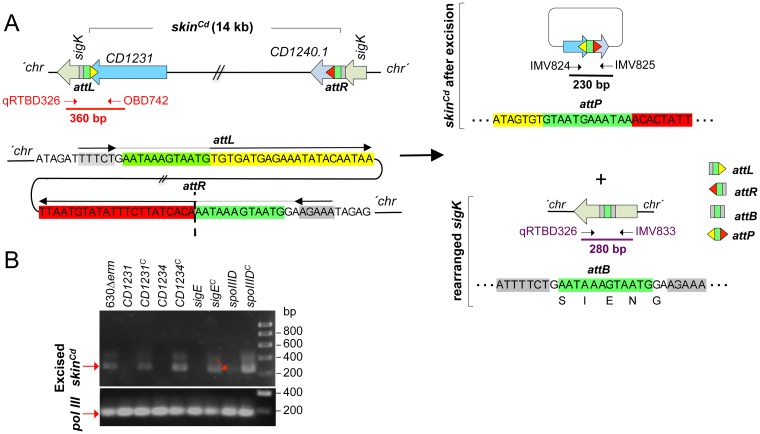Fig 6. Requirements for skinCd excision in C. difficile.
A: schematic representation of skinCd excision from the 630Δerm chromosome and of the recombination products derived from the process. The attL (the half-sites are represented by the green box and the yellow triangle) and attR (the green box and the red triangle) in the chromosome, attP in the excised skinCd (half-sites correspond to yellow and red triangles) and attB in the chromosome (green and grey boxes) are represented. The horizontal arrows represent inverted repeats. The vertical dashed line represents the point of junction of the sequenced following recombination. The oligonucleotides used to amplify the 5’ junction of skinCd (OBD742-qRTBD326), the reconstructed sigK gene (qRTBD326-IMV833) and the circularized skinCd (IMV824-IMV825) are indicated, as well as the expected size of the respective products. B: detection of skinCd excision in different strains by PCR using primers IMV824 and IMV825 and DNA extracted from the indicated strains grown in liquid SM medium for 24 h. CD1231C denotes the CD1231 mutant complemented with pMTL84121-CD1231 and CD1234C the CD1234 mutant complemented with pMTL84121-CD1234. sigEC and spoIIIDC correspond to the sigE or spoIIID mutant complemented with pMTL84121-sigE or pMTL84121-spoIIID, respectively.

